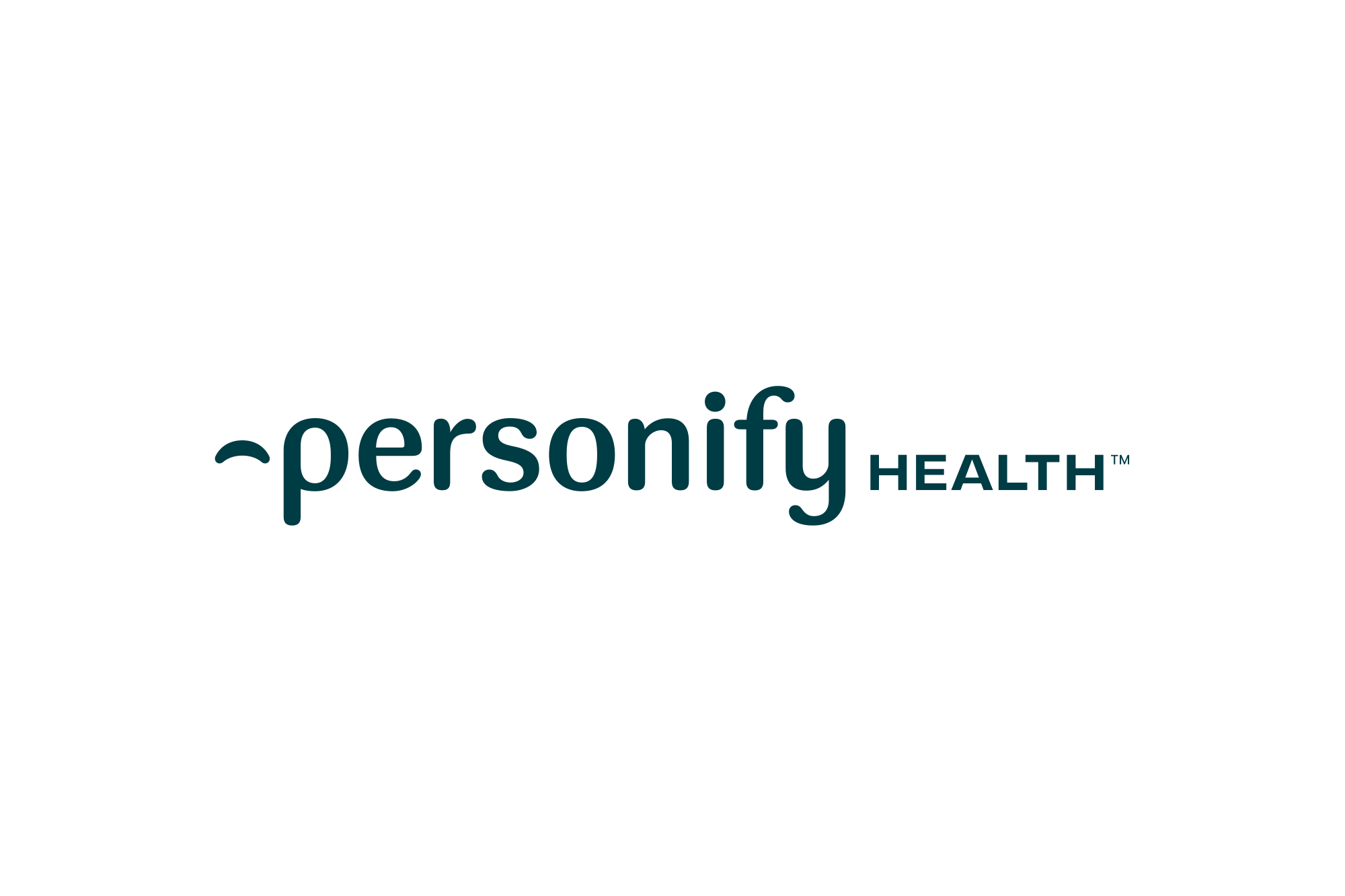While not everyone looks forward to change, everyone appreciates the improvements and savings that can result from it. In HealthComp’s Change Management series, we’ll review worthwhile reasons for implementing a change and effective strategies for change management. We’ll also look at some common benefits changes being made today.
As healthcare evolves, employers feel increasingly compelled to introduce new programs to increase savings and member engagement. But if a change is managed poorly, it can have the opposite effect—disrupting members’ access to care or making them less likely to engage.
When implementing a change, it’s important to have best practices in place to ensure a smooth transition. In Part 2 of our Change Management series, we’ll review the strategies that HealthComp has developed to make change as seamless as possible, so employers and employees can reap the benefits of change with minimal disruption.
Ensuring Change Goes Smoothly
Implementing a change within a benefits program is complex. Here are some of HealthComp’s best practices for change management that are key to ensuring a smooth implementation:
Checklist to track and manage tasks. Every significant change requires a project plan. Prior to the start of a project, HealthComp finalizes a plan that outlines each action that is required in order to implement a change successfully. The plan indicates who will be responsible for each action item, the sequence in which these items must be completed (with specific start and end dates), and any related dependencies. The plan also includes key milestones or checkpoints to ensure that work proceeds in a timely manner.
Careful consideration for customizations. It’s important to incorporate any unique factors into the project plan. For example, an employer may have special requirements for transmitting eligibility information to an administrator. The data may come from a payroll vendor, a previous administrator, paper-based enrollment forms, or a combination of the three. To ensure a successful transition, it’s important to flesh out these unique requirements and incorporate them into your planning.
Weekly meetings with all stakeholders. Communication is critical when implementing a change. HealthComp conducts weekly meetings with the broker and the employer’s HR department to continuously review the status of the implementation. In addition to the account manager, other internal departments are often present at these meetings– including information systems, account management, eligibility, and plan building. These meetings facilitate transparency into the status of the project. If issues arise, all parties can discuss them openly and agree on a mitigation plan. This weekly cycle ensures forward momentum toward project completion.
Early notification. When an administrator is implementing a change of its own – such as introducing a new Explanation of Benefits (EOB) statement or a new online platform – it must inform the employer early and outline the reasons for the change and how it will benefit members. The administrator must also be flexible to the employer’s schedule and needs. For example, an employer may want to postpone the rollout for a couple months to ensure better timing for its own team.
Communications playbook. The playbook should outline when the employer will first notify members of an impending change, and how they will keep members informed as the implementation moves forward. In addition to when, the playbook should specify how members will be notified and what the content of these communications will be.
For example, when onboarding a new employer, HealthComp works with the HR department to notify employees of the upcoming change months before it actually takes place. Depending on the employer, this may be communicated through a mailed letter, email, or in person at health fairs. As enrollment nears, HealthComp sends additional communications to prepare employees for open enrollment. These communications typically include information on how to access the enrollment system and information on the different plan options that are available to them. The touchpoints continue after employees have enrolled—rather than sending their ID card in a standard envelope, HealthComp uses a specially designed Welcome Kit, which includes their ID card, plan information, and information on how to access our HCOnline platform to view their benefits. This kit was specially designed to draw the member’s attention and generate interest in managing their benefits.
The process of building out the communications playbook will spur good discussions with the employer about what strategies will work best with their member population. Certain tactics may be more successful with certain groups—for example, email notifications will resonate more with employees who are tech-savvy as opposed to those who are not. The more detailed the communications playbook, the more effective it will be.
Managing Change into the Future
Change is inevitable in health benefits; especially as innovative programs emerge to help employers control rising healthcare costs. Introducing a change can be daunting for members and employers and it’s important to have strategies in place to help you navigate a change.
HealthComp has developed a set of best practices to standardize the change management process, and we’ve used them to successfully on-board countless groups. The result is satisfied brokers, employers, and employees who are reaping the benefits of increased savings and an improved customer experience.



